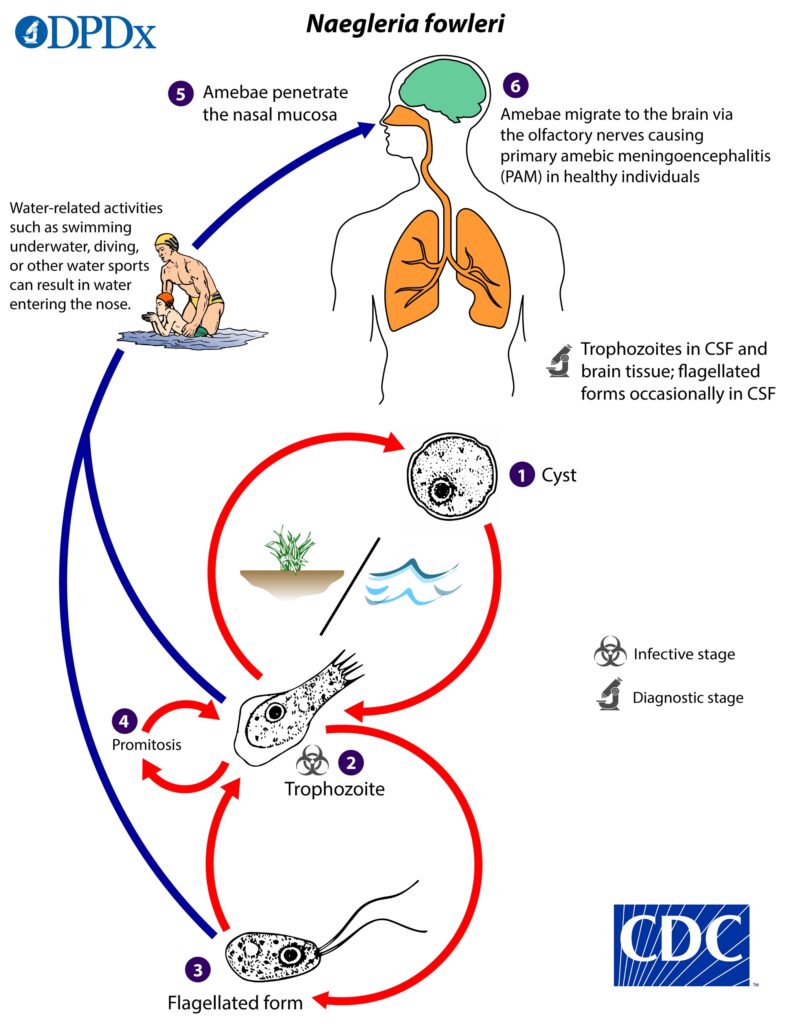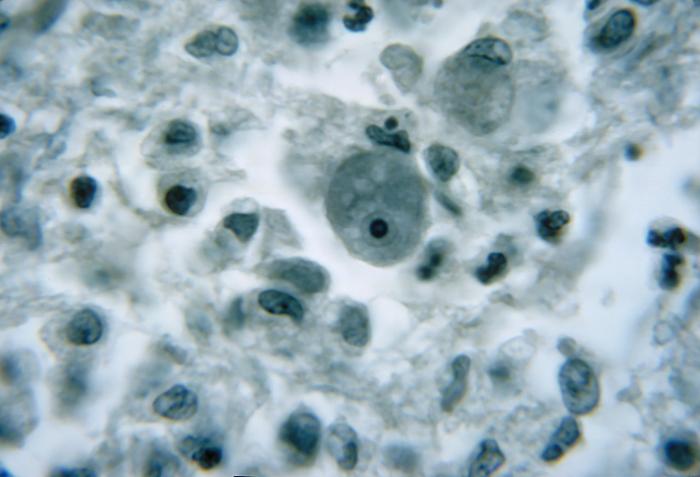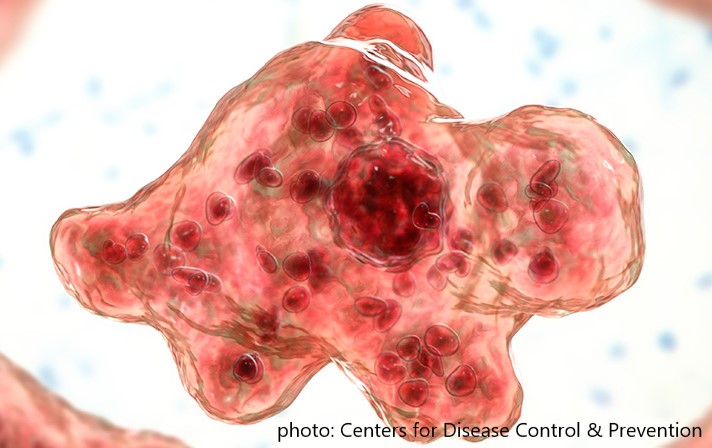The Brain-Eating Amoeba (Naegleria fowleri) is a single-celled amoeba that can cause a rare and devastating brain infection called primary amebic meningoencephalitis (PAM). While it is relatively uncommon, cases of PAM have been linked to swimming pools and spas in the United States, particularly those that are not adequately maintained and disinfected.
similar article NATURAL SWIMMING POOLS
In recent years, there has been growing concern about the association between Naegleria fowleri and cyanobacteria biofilms, commonly known as black algae. These biofilms can form on the surfaces of swimming pools and spas and are often difficult to remove. Studies have shown that Naegleria fowleri can thrive in these biofilms and may provide a protective environment for the amoeba.

Naegleria fowleri is found naturally in warm freshwater sources, such as lakes and rivers. However, it is typically not a concern in chemically-treated swimming pools and spas, as the disinfectants used (such as chlorine) effectively kill the amoeba. Non-chemically treated natural pools, on the other hand, present a much higher risk of infection. These pools often need to be adequately maintained or disinfected and may have warmer temperatures ideal for Naegleria fowleri to thrive.
Brain-Eating Amoeba
Symptoms of PAM typically begin within one to nine days of exposure to the amoeba and can include headache, fever, nausea, vomiting, and seizures. The infection progresses rapidly and can lead to coma and death within days.

This photomicrograph of a brain tissue specimen depicts the cytoarchitectural changes associated with a free-living amebic infection, which may have been caused by either a Naegleria fowleri or an Acanthamoeba sp. organism. These organisms were found in the brain of a Japanese Prisoner of war in the 1950s before we knew about the free living amebae and how they attack the brain. – CDC/ Dr. Martin D. Hicklin, 1964
The best methods of prevention include:
- Proper maintenance and disinfection of swimming pools and spas include regular water quality testing, proper pH and chlorine levels, and regular cleaning of pool and spa surfaces.
- Avoid swimming in warm freshwater sources: While Naegleria fowleri is naturally present in warm freshwater, the risk of infection can be reduced by avoiding swimming in these sources, particularly during the summer when water temperatures are highest.
- Using nose plugs: Naegleria fowleri can enter the body through the nose, so using nose plugs while swimming in warm freshwater sources can reduce the risk of infection.
- Educating the public: Raising awareness about the risks of Naegleria fowleri and the importance of proper maintenance and disinfection of swimming pools and spas can help reduce infection incidence.
You cannot get a Naegleria fowleri infection from a properly cleaned, maintained, and disinfected swimming pool. In sporadic instances, Naegleria fowleri has been found in swimming pools, splash pads, surf parks, or other recreational venues that are poorly maintained or don’t have enough chlorine in them.
Centers for Disease Control & Prevention
In conclusion, Naegleria fowleri is a significant health risk concern, particularly in non-chemically treated natural pools. The association between Naegleria fowleri and cyanobacteria biofilms highlights the importance of proper maintenance and disinfection of swimming pools and spas. It raises concerns about recreational bodies of water with visible black algae (cyanobacteria biofilm) growth. The risk of infection can be reduced by following best practices for pool and spa maintenance, avoiding swimming in warm freshwater sources, and using nose plugs. Education and awareness are also important in preventing the spread of this rare but severe infection.






